The requirements pertaining to the connection of utility-interactive photovoltaic (PV) power systems to the load side of the main service disconnecting means have been with us for years. In the earlier codes, the driver was 690.64(B) and now those requirements are found in 705.12(D).
Many AHJs are familiar with the 120% allowance on busbar and conductor size allowed by 705.12(D)(2). Less familiar is the 705.12(D)(7) requirement that must be met before the 120% can be applied.
We typically, but not always, apply these requirements to a load center (photo 1). And if the backfed PV connections do not meet NEC requirements in 705.12(D)(7), problems can arise. In this load center rated at 100 amps with a 100-amp busbar, four 15-amp backfed PV breakers have been added at the top of the load center adjacent to the main breaker. If the panel were filled with load breakers and the loads on the panel were increased (during daylight hours) to 160 amps (for example), the load center busbar could see 160 amps, somewhat in excess of its rating. No breakers would trip since the main breaker could supply 100 amps from the utility and the PV breakers could supply an additional 60 amps from the PV system for a total of 160 amps.
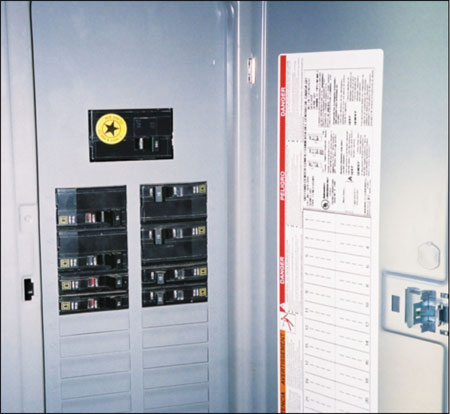
Photo 1. Load Center/Panelboard. Rated at 100 amps with 160 amps of supply breakers
Before we look at the overall requirements. Let us focus on a few of the details and those details will need some explanation.
Many PV installers and a few AHJs do not understand the significance of the 705.12(D)(7) requirement. If this backfed PV breaker location requirement is not met, then the 120% allowance in 705.12(D) cannot be used and many PV systems could not be installed. But what is so important about the location of the backfed PV breaker in the panelboard/load center?
Look at the simplified one-line schematic of a 100-amp load center in diagram 1. For simplicity, only one busbar, ½ of a 2-pole main breaker and a set of 15- and 20-amp load breakers on that busbar is shown.

Diagram 1. Simplified load center diagram
The busbar in this 100-amp load center is also rated at 100 amps. It should be noted that the total rating of the load breakers on this busbar will typically exceed the busbar and the main breaker rating in normal dwelling and commercial installations. In the example, the breaker ratings total 225 amps. Although there are both fixed loads and plug loads in a typical structure and the fixed loads are used in the NECChapter 2 load calculations, the plug loads are estimated, but are otherwise not constrained or restricted, at least until they reach the branch circuit breaker rating.
If the total load currents (45+35) on the panel stay below the 100-amp rating of the main breaker and the bus bar, they are “happy” (stay cool with no trips) as shown in diagram 2.
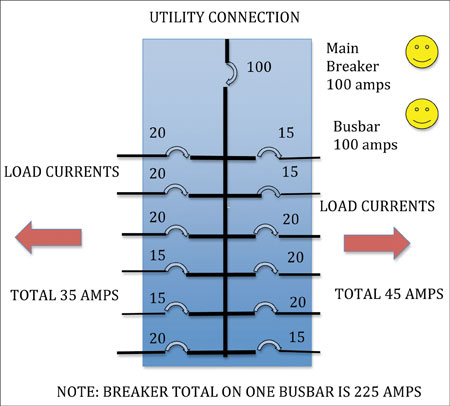
Diagram 2. Happy load center with total loads less than 100 amps
But as consumers, we must have that new 96″ wood lathe, that 130″ two-wall flat screen gaming system, two new color laser printers, the plug-in electric car and a few other toys. The loads on each branch circuit would typically stay below the breaker rating, but if one load does exceed the rating, that breaker will trip. See diagram 3.
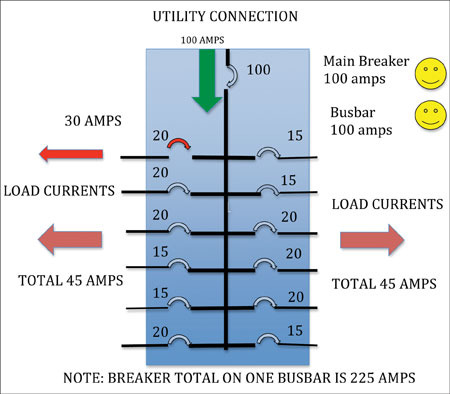
Diagram 3. Circuit breakers protect branch circuits
While the individual loads may stay below 15 or 20 amps, the total could go to 120 amps when everything is running. In a short time, the 100-amp main breaker will trip and the busbar may get a little warm at the top, near the main breaker. But, the main breaker will protect the busbar and possibly the service conductors from over loading. See diagram 4.
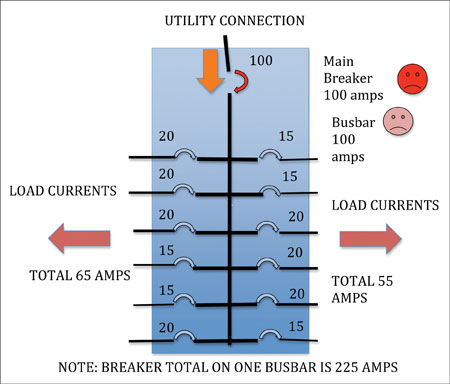
Diagram 4. Total load currents exceed 100 amps and the main breaker trips, protecting the busbar.
Now in diagram 5, a 20-amp backfed PV breaker has been added to the first breaker position at the top of the load center adjacent to the main breaker. As shown, the loads may total 80 amps and 20 amps are supplied by the PV system and 60 amps from the utility. Nothing is overloaded and the components stay cool.
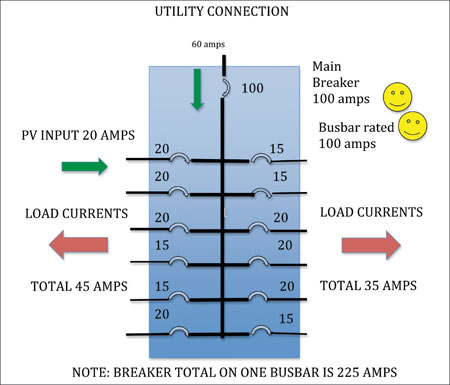
Diagram 5. No problems with this connection… yet.
Now let’s assume that the total loads are 120 amps during the day when the sun is shining brightly, the PV breaker can supply 20 amps and the main breaker can supply 100 amps. Yes, I know that these breakers should only be handling 80% of rating, but bear with me for this example. None of the load breakers trip, the main breaker is happy, but the busbar is probably getting a little warm since it is carrying 120 amps just below that backfed PV breaker. I am assuming that the 15-amp breaker at the top right is not contributing to the load currents. See diagram 6.
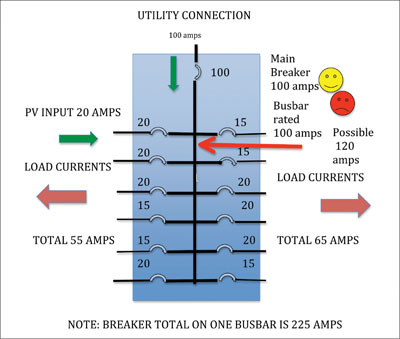
Diagram 6. Loads increased, busbar overloaded
Warm busbars that operate over their intended design temperature (40 degree Celsius(C) plus normal current heating) will not melt, but they may cause overheating and softening of the plastic insulators in the load center and those insulators may allow various current-carrying parts to touch each other or ground. The NEC requirements are intended to address this potential overheating issue.
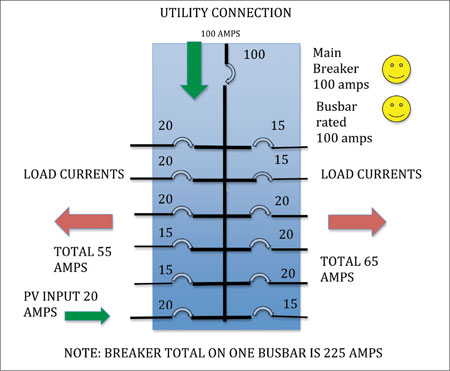
Diagram 7. PV breaker located per 705.12(D)(7) so no current overloading of the busbar is possible.
In diagram 7, the backfed PV breaker is moved to the lower left position as far as possible from the main breaker. The PV breaker can supply 20 amps, the main breaker can supply 100 amps and the total loads can be as high as 120 amps. As before, no breakers will trip, but in this case, the currents from the PV breaker and the main breaker have nowhere to add together as they jointly supply the load currents. At most, any section of the bus bar will see only 100 amps, no matter where the loads are placed or occur on the busbar. Although not possible, visualize a 120-amp load could be placed in the first breaker position just below the main breaker. The busbar section between the 100-amp main breaker and the 120-amp load breaker circuit would carry 100 amps. The remaining 20 amps would come up the busbar from the 20-amp back fed PV breaker. If the 120-amp load were concentrated just above the PV breaker, the busbar would supply 100 amps from the main breaker and 20 amps from the PV breaker. In both cases, the busbar would see no more than 100 amps.

Diagram 8. Center-fed panel has no place for PV that will prevent busbar overloading.
So this is the reason that 705.12(D)(7) requires that the backfed PV breaker be located as far away from the utility sourced breaker on the busbar or the conductor.
Center-Fed Panels Are a NO GO.
Unfortunately, center-fed load centers are common in many parts of the country.
In diagram 8, one busbar of a center-fed load center is shown. The 100-amp main breaker feeds the center of the 100-amp rated bus bar and the load breakers are arranged above and below (or sometimes horizontally to each side) of the main breaker. With this diagram, it is fairly easy to see that, there is no position on either the upper or lower busbar that will keep the currents from the PV breaker adding to the currents from the utility breaker on the portion of the busbar that is opposite the busbar where the main breaker is added. Of course loads on the half of the bus bar that has the PV breaker would normally absorb the current from the PV input before it could overload the other portion of the busbar. But, there will be times when the electrical loads are not evenly distributed and there is the possibility of busbar overloading when center-fed panels are involved. It is expected that the 2014 NEC will have a warning about the use of center-fed panelboards.
SUMMARY
The NEC language is sometimes difficult to read and understand. However, in many cases, like this one, the Code is based on sound engineering and establishes requirements that help to ensure the safety of the public. These PV connections can and must be done correctly. See Photo 2.
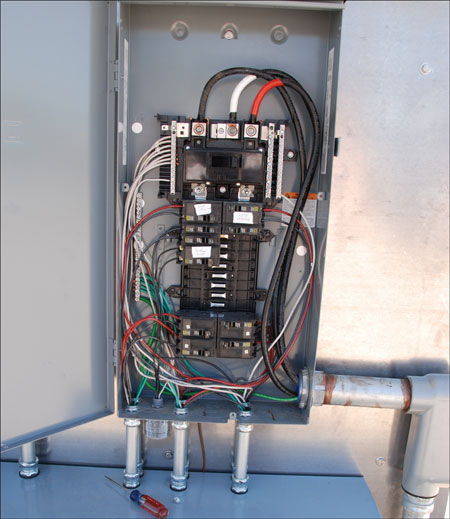
For More Information
If this article has raised questions, do not hesitate to contact the author by phone or e-mail. E-mail: jwiles@nmsu.edu Phone: 575-646-6105
See the web site below for a schedule of presentations on PV and the Code. Call the author if you would like to schedule a presentation.
The Southwest Technology Development Institute web site maintains a PV Systems Inspector/Installer Checklist and all copies of the previous “Perspectives on PV” articles for easy downloading. A color copy of the latest version (1.93) of the 150-page, Photovoltaic Power Systems and the 2005 National Electrical Code: Suggested Practices, written by the author, may be downloaded from this web site: <ahref=”http: www.nmsu.edu=”” ~tdi=”” photovoltaics=”” codes-stds=”” codes-stds.html”=””>http://www.nmsu.edu/~tdi/Photovoltaics/Codes-Stds/Codes-Stds.html
This work was supported by the United States Department of Energy under Contract DE-FC 36-05-G015149














Find Us on Socials